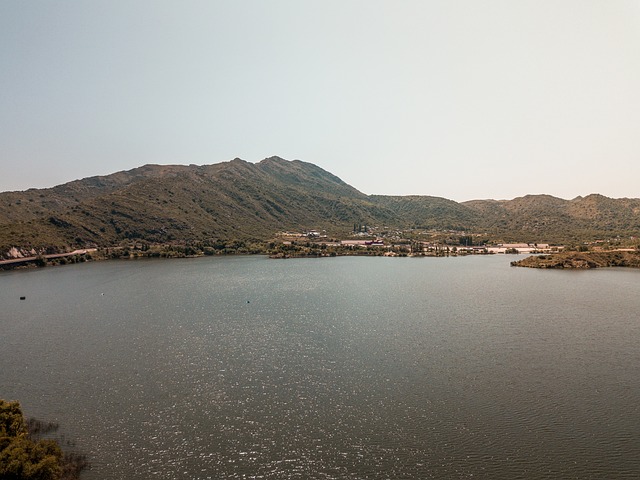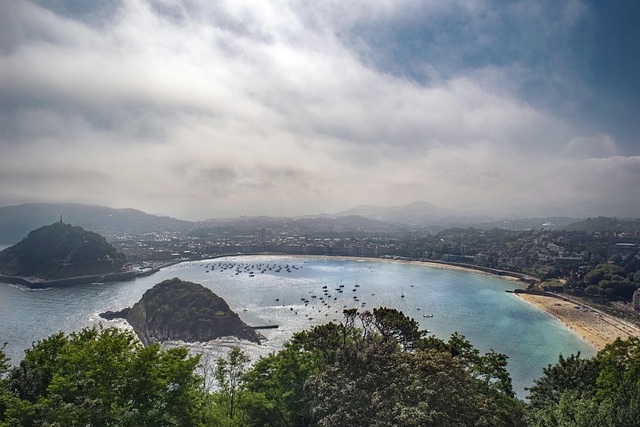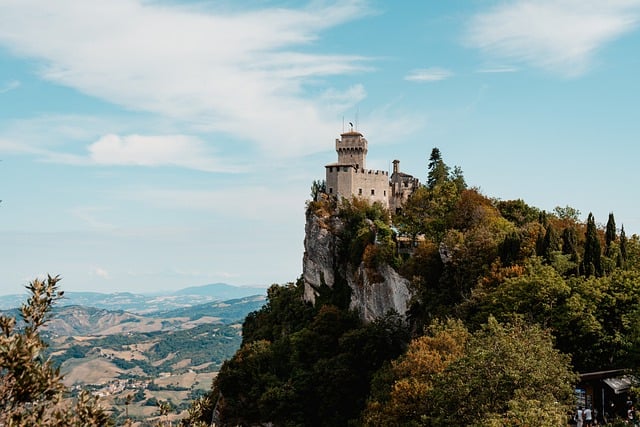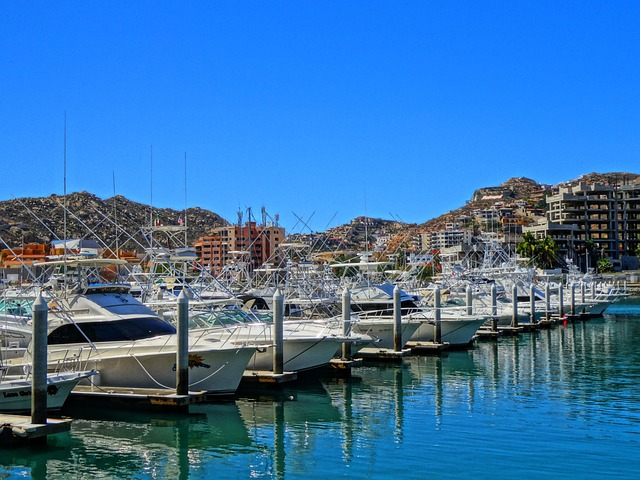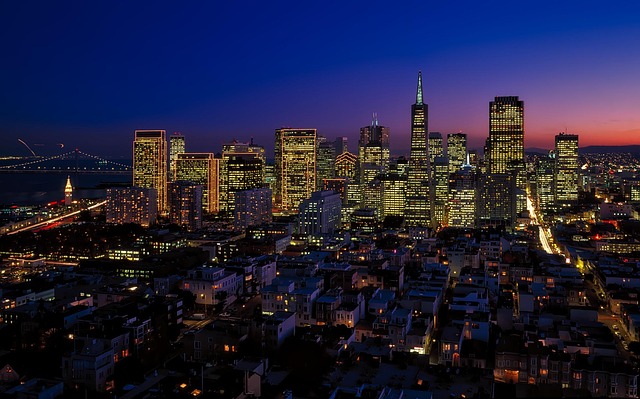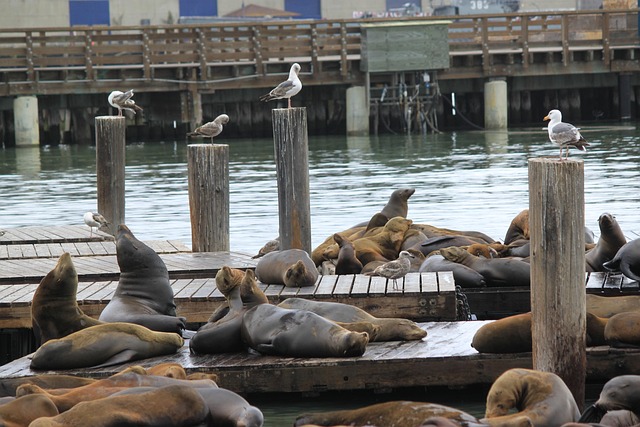Border cities thrive as cultural melting pots, driven by diverse real estate sectors influencing their unique binational identity. Developers create mixed-use spaces promoting cultural exchange, with affordable housing initiatives supported by local authorities fostering inclusivity. These metropolitan areas offer vibrant neighborhoods filled with residents from varied backgrounds, celebrating shared heritage through art, festivals, and culinary experiences reflecting both neighboring nations' influences.
In border cities, where landscapes meet and cultures intertwine, real estate plays a pivotal role in shaping unique urban experiences. These cities serve as vibrant tapestries of binational identities, offering residents and visitors alike a rich cultural exchange. This article explores how real estate developers can foster this cultural dynamic through innovative design, inclusive policies, and collaborative initiatives. By integrating diverse communities, these developments create spaces that celebrate and promote binational cultures, enhancing the urban landscape for all.
The Role of Real Estate in Shaping Border Cities
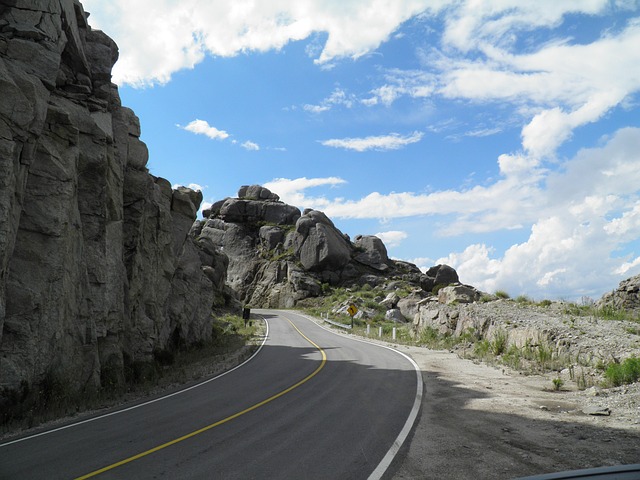
The real estate landscape in border cities plays a pivotal role in shaping their unique binational culture. These urban areas, often situated along international boundaries, are characterized by diverse properties that reflect the region’s history and demographics. The proximity to borders influences architectural styles, with some buildings showcasing a blend of cultural influences from both nations. Moreover, real estate developers have recognized the potential for fostering cultural exchange by creating mixed-use spaces that cater to diverse communities.
Border cities’ real estate market often experiences a unique demand for properties that accommodate dual citizenship or offer easy access to neighboring countries. This dynamic leads to the development of vibrant neighborhoods where residents from various backgrounds coexist, contributing to a rich cultural tapestry. Additionally, local authorities can promote cultural integration by implementing policies that support affordable housing initiatives, ensuring accessibility for all, and thus strengthening the city’s identity as a hub for binational interactions.
Binational Culture: A Unique Urban Experience
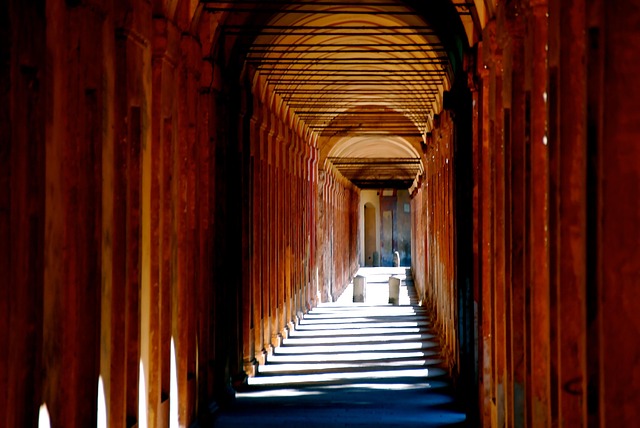
In border cities, a unique cultural blend thrives, creating a vibrant and dynamic urban experience—a true melting pot of binational influences. These metropolitan areas, situated along international borders, have long been crossroads of people, ideas, and traditions from different nations. This cultural diversity is reflected in every aspect of city life, from the architecture and cuisine to art and festivals. Real estate in these regions often becomes a canvas for this binational tapestry, with neighborhoods showcasing a mix of architectural styles and culinary delights that represent both cultures.
The result is an immersive urban environment where residents and visitors alike can enjoy a diverse range of experiences. Local businesses offer authentic international flavors, while art galleries display works inspired by cross-border collaborations. Festivals celebrating both countries’ heritage bring the community together, fostering understanding and appreciation for each other’s traditions. This binational culture adds a special layer to the urban landscape, making border cities truly one-of-a-kind destinations.
How Real Estate Developers Can Foster Cultural Exchange
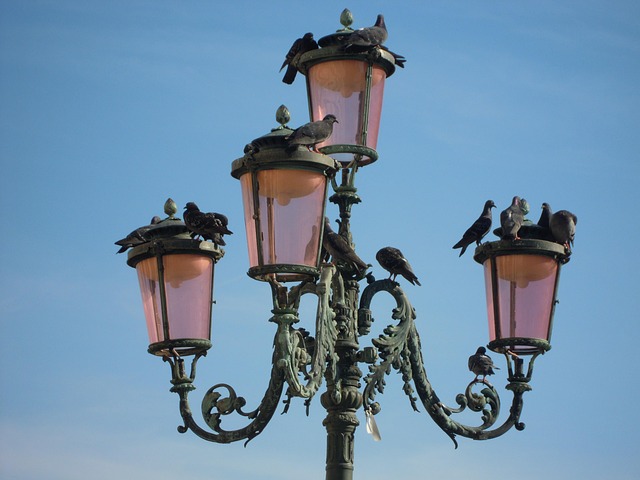
Real estate developers play a pivotal role in fostering cultural exchange within border cities. By designing and managing diverse, mixed-use developments, they can create vibrant spaces that attract residents from various backgrounds. Incorporating amenities and features that cater to different cultures—like community centers, multilingual signage, and multicultural events—can facilitate interactions and build bridges between neighboring communities.
Moreover, real estate developers can actively support cultural preservation and promotion by partnering with local organizations and artists. This collaboration can manifest in the form of murals, public art installations, or dedicated cultural spaces that celebrate the unique heritage of the region. Such initiatives not only enhance the city’s identity but also contribute to a more inclusive and welcoming environment for all residents and visitors alike.
